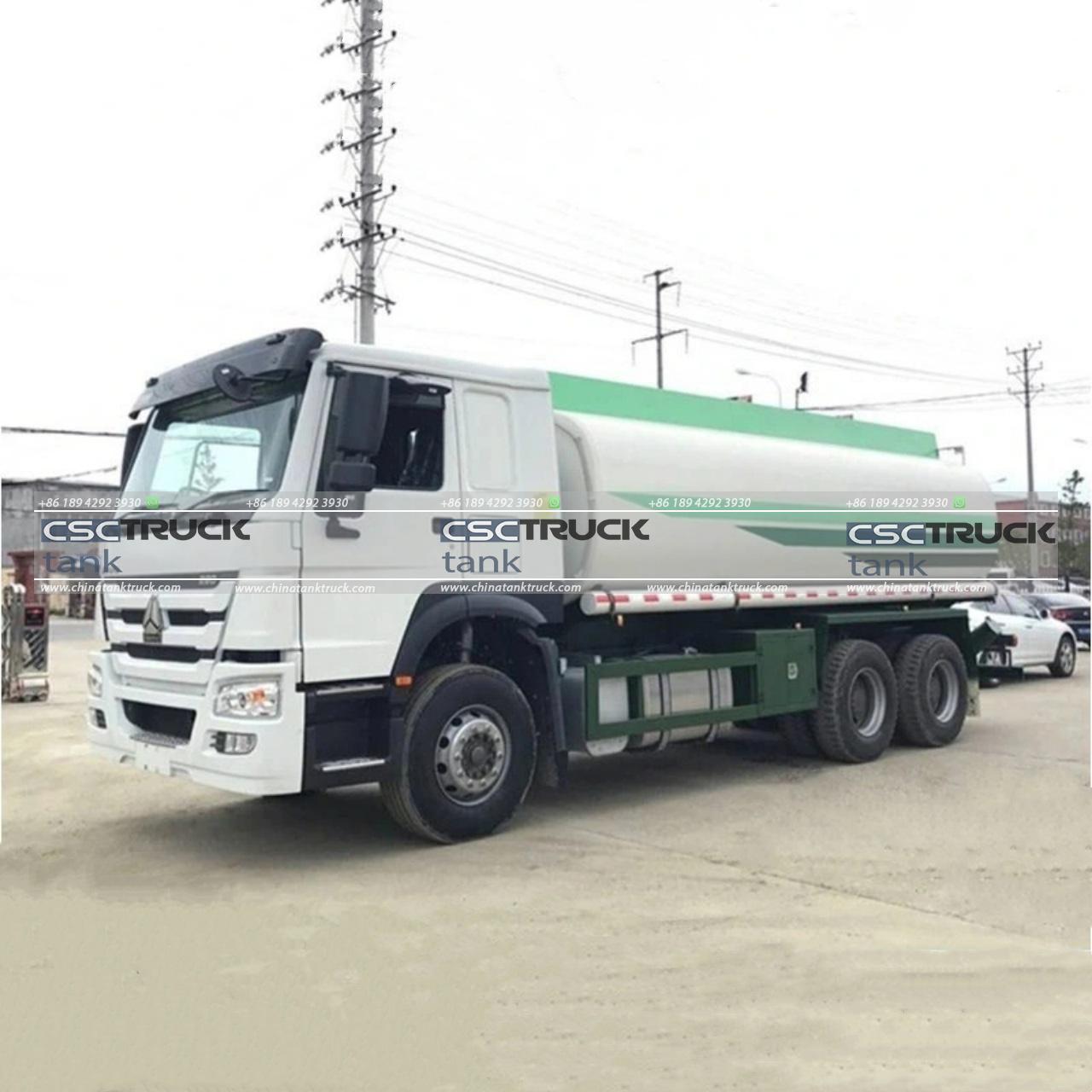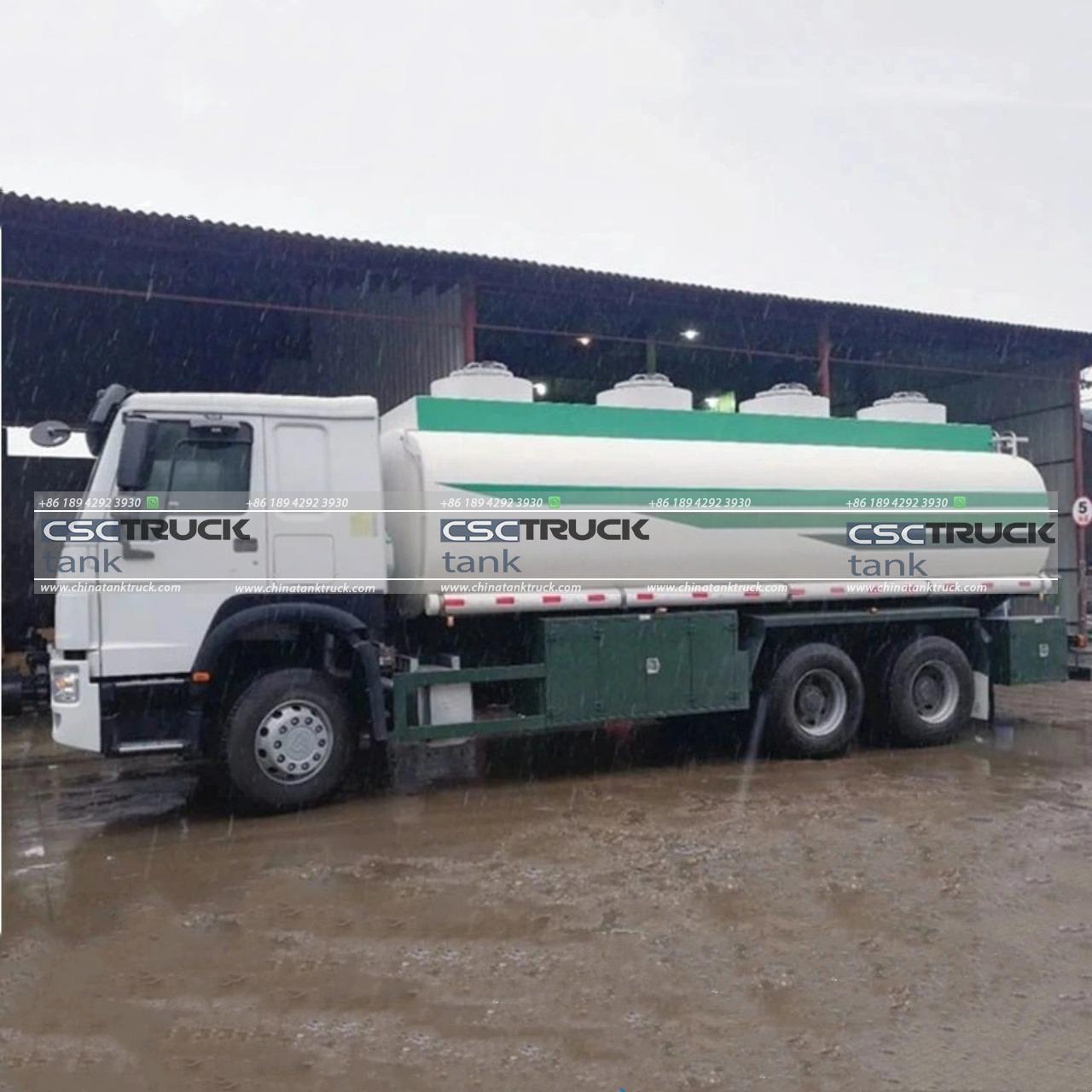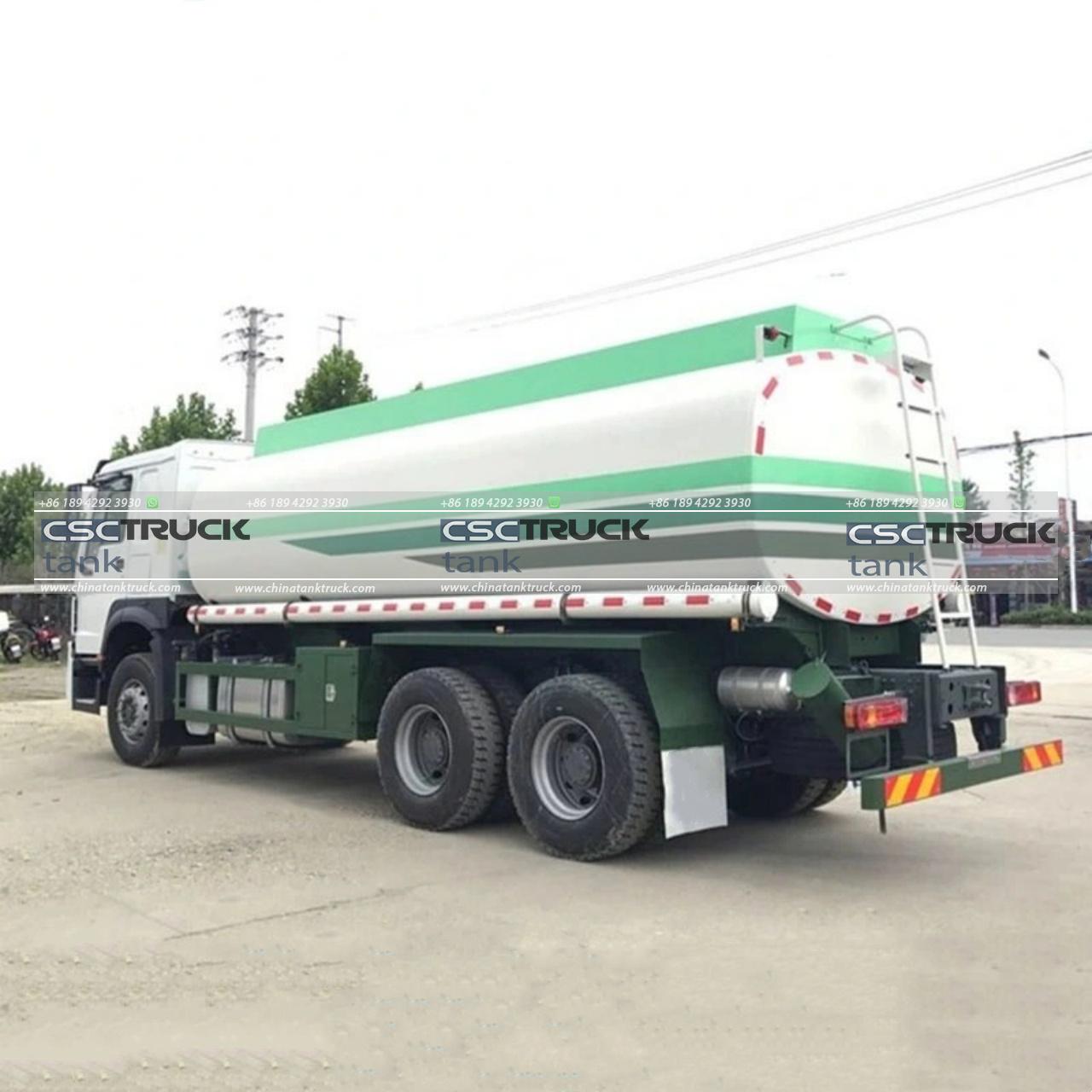How Big is a Chemical Tanker Truck?
Chemical tanker trucks are essential in transporting a wide range of hazardous and non-hazardous chemicals, playing a crucial role in industries such as pharmaceuticals, agriculture, manufacturing, and petrochemicals. Understanding the size and capacity of these trucks is vital for logistics planning, regulatory compliance, and ensuring safe transportation. This article delves into the various factors that determine the size of a chemical tanker truck, including its dimensions, capacity, and the types of chemicals it can carry.
Overview of Chemical Tanker Trucks
Chemical tanker trucks are specialized vehicles designed to transport liquids, gases, and powders that can be hazardous or non-hazardous. These trucks are built with safety and efficiency in mind, often featuring stainless steel or aluminum tanks to resist corrosion and prevent contamination. The size of a chemical tanker truck varies significantly depending on its design, intended use, and the specific regulations it must adhere to in different regions.

Dimensions of Chemical Tanker Trucks
The size of a chemical tanker truck is determined by several factors, including the type of chemicals being transported, the truck’s design, and the regulations in the country of operation. Generally, chemical tanker trucks can be classified into several categories based on their size and capacity:
1. Small Chemical Tanker Trucks:
– Length: 20-30 feet (6-9 meters)
– Width: 8-8.5 feet (2.4-2.6 meters)
– Height: 9-12 feet (2.7-3.6 meters)
– Capacity: 3,000-5,000 gallons (11,356-18,927 liters)
Small chemical tanker trucks are typically used for short-distance transportation within cities or industrial areas. They are ideal for delivering smaller quantities of chemicals to multiple locations. Their compact size allows for easier maneuverability in urban environments and tighter spaces.
2. Medium Chemical Tanker Trucks:
– Length: 30-40 feet (9-12 meters)
– Width: 8-8.5 feet (2.4-2.6 meters)
– Height: 12-13 feet (3.6-4 meters)
– Capacity: 5,000-8,000 gallons (18,927-30,283 liters)
Medium-sized chemical tanker trucks are more versatile and can be used for both short and long-distance transportation. They offer a balance between capacity and maneuverability, making them suitable for a wide range of industrial applications. These trucks are commonly used to transport chemicals between factories, warehouses, and distribution centers.
3. Large Chemical Tanker Trucks:
– Length: 40-53 feet (12-16 meters)
– Width: 8.5 feet (2.6 meters)
– Height: 13-14 feet (4-4.3 meters)
– Capacity: 8,000-11,600 gallons (30,283-43,908 liters)
Large chemical tanker trucks are designed for long-distance transportation of large volumes of chemicals. These trucks are commonly used for intercity or cross-country transport, carrying chemicals from production facilities to large industrial sites or storage facilities. Due to their size, they are generally restricted to highways and other major roads.
Capacity of Chemical Tanker Trucks
The capacity of a chemical tanker truck refers to the volume of liquid or gas it can carry, typically measured in gallons or liters. The capacity is one of the most critical aspects of a chemical tanker truck, as it directly impacts the efficiency of chemical transportation. The capacity of these trucks can range from as low as 3,000 gallons (11,356 liters) to as high as 11,600 gallons (43,908 liters), depending on the size of the truck and its intended use.
The capacity is influenced by several factors:
1. Type of Chemical:
– Different chemicals have different densities, which affects the overall capacity of the truck. For example, a truck carrying a denser chemical may have a lower capacity in terms of volume, even if the truck’s total weight limit is reached.
2. Tank Design:
– Chemical tanker trucks may have single or multiple compartments. Multi-compartment tanks allow the truck to carry different types of chemicals simultaneously, but each compartment’s capacity will be smaller than a single-compartment tank.
3. Regulatory Limits:
– Regulations on the maximum allowable weight for vehicles on public roads impact the size and capacity of chemical tanker trucks. These regulations vary by country and can affect how much chemical a truck can legally transport.

Types of Chemical Tanker Trucks
Chemical tanker trucks are designed based on the type of chemicals they are meant to carry. This design influences not just the size but also the safety features of the truck:
1. Corrosive Chemical Tankers:
– These trucks are designed to carry highly corrosive chemicals, such as acids and alkalis. They are typically made of stainless steel or lined with corrosion-resistant materials. The tanks are often smaller in capacity due to the added weight of the protective materials.
2. Flammable Liquid Tankers:
– Flammable liquid tankers are used to transport chemicals like gasoline, diesel, or other volatile liquids. These trucks are equipped with safety features such as grounding devices and pressure relief valves. Their capacity can vary widely, depending on the type of liquid being transported.
3. Gas Tankers:
– Gas tankers are designed to carry liquefied gases, such as propane, ammonia, or chlorine. These tanks are cylindrical and heavily insulated to maintain the gas in its liquid state. Due to the need for thick insulation and safety features, gas tankers are often larger but have a lower capacity in terms of volume compared to liquid chemical tankers.
Importance of Size in Chemical Transportation
The size of a chemical tanker truck is a critical factor in logistics planning and safety management. Larger trucks can transport more chemicals in a single trip, improving efficiency and reducing transportation costs. However, they are also more challenging to maneuver and may be subject to stricter regulations.
Smaller trucks offer greater flexibility, especially for urban deliveries or when transporting smaller quantities of chemicals. However, they may require more trips to transport the same amount of chemicals as a larger truck, potentially increasing overall costs.

Conclusion
The size of a chemical tanker truck is a key consideration in the transportation of chemicals. It varies widely based on the type of chemicals being transported, the design of the truck, and regulatory requirements. Whether it’s a small truck designed for urban deliveries or a large tanker for cross-country transport, understanding the dimensions and capacities of these vehicles is essential for safe and efficient chemical transportation. By choosing the right size and type of chemical tanker truck, companies can optimize their logistics operations, ensure regulatory compliance, and maintain the highest safety standards.

